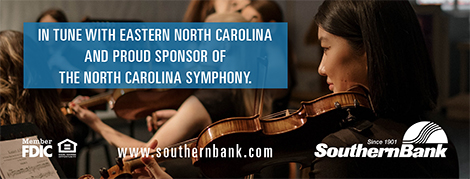Symphony No.38 in D Major, K.504 “Prague”
Wolfgang Amadeus Mozart (1756-1791)
THE STORY
“I looked on with great pleasure while all these people skipped about, quite enraptured, to the music of my Figaro arranged for contradances and waltzes. For here they talk about nothing but Figaro; they play nothing, sing nothing, whistle nothing but Figaro; they go to no opera but Figaro and forever Figaro. Truly this is a great honor for me.” Such were Mozart’s observations at a ball in Prague, where he was invited to conduct his latest opera, The Marriage of Figaro, as well as to give concerts in which he introduced his new symphony.
Mozart’s Symphony No. 38, completed the month before in December of 1786, possesses distinctive features. While the four-movement symphony had become standard by the end of the 18th century, this symphony has only three—Mozart dispensed with the traditional minuet. However, the work lacks neither seriousness nor creativity, for the first movement alone impresses with its scope, length, and complexity. The prominent role of the woodwinds marks a new development in Mozart’s writing that began with his piano concertos directly preceding the “Prague” Symphony. Mozart’s appreciation for his Bohemian audience is evident in the finale, whose theme quotes the duet “Aprite, presto, aprite” from The Marriage of Figaro. The Prague audience would have noticed and been delighted by the reference to their beloved opera!
LISTEN FOR
- The slow, dramatic introduction in D minor, unusual for Mozart—he contrasts the stately beginning with a fast, exciting main theme in D major
- Dense contrapuntal sections in the fast section of the first movement
- Playful off-beat figures in the strings and bubbling arpeggios in the woodwinds in the third movement, which evoke the humorous world of opera buffa (comic opera), the genre of the beloved Marriage of Figaro
INSTRUMENTATION
Two flutes, two oboes, two bassoons, two horns, two trumpets, timpani, strings

